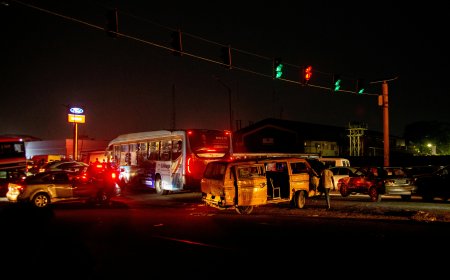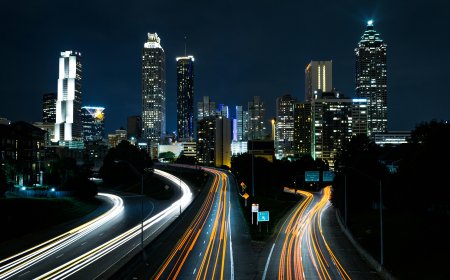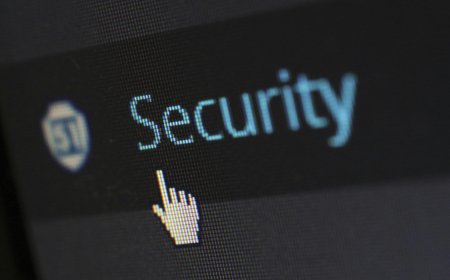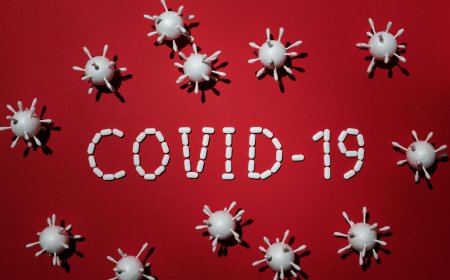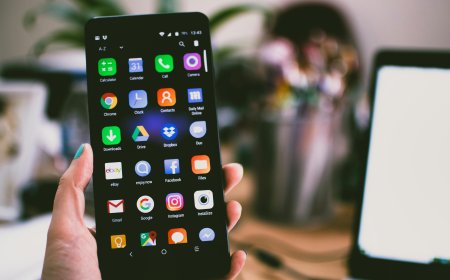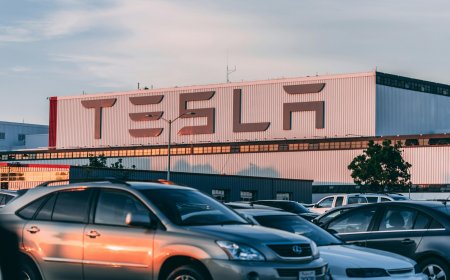The AI Vibe Shift Is Here
The AI hype cycle is breaking. From layoffs to failed launches, the industry faces its first reality check.

For nearly two years, artificial intelligence has carried an almost religious aura in tech circles. Startups minted billion-dollar valuations overnight. Executives scrambled to sprinkle AI into product announcements. Governments raced to regulate what they barely understood.
But in the last few weeks, something changed. The mood around AI—the so-called “AI gold rush”—has cooled, replaced by doubt, disappointment, and a creeping sense of déjà vu. After the frenzy comes the reckoning.
Call it what you will: a market correction, a tech winter, or, as cultural observers now frame it, a vibe shift.
The Hype Machine Starts to Stall
For most of 2023 and early 2024, the AI narrative felt unstoppable. Every week brought headlines about breakthroughs in generative models, massive funding rounds, or new partnerships with Silicon Valley giants.
But hype has a half-life. And recently, the cracks have started to show:
- Hiring freezes: Even as companies offered multimillion-dollar signing bonuses to top AI researchers just months ago, firms are quietly pulling back. Some, once desperate for AI talent, have instituted freezes or trimmed experimental teams.
- Sam Altman’s caution: The CEO of OpenAI—arguably the loudest voice in AI’s ascendance—has publicly floated the word “bubble.” When the industry’s most influential evangelist talks about overexuberance, people listen.
- Product letdowns: OpenAI’s ChatGPT-5, billed as a “PhD-level game-changer,” has landed with a thud. Early reviews describe it as underwhelming, raising questions about whether the frontier of generative AI has already plateaued.
- Investor retreat: CoreWeave, the Nvidia-backed cloud computing darling once valued as a crown jewel of the AI infrastructure boom, shed nearly 40% of its market value in just over a week.
The vibes, to put it bluntly, have shifted.
When Exuberance Meets Reality
If the AI boom resembled past technology frenzies, it’s now approaching the sobering stage. The parallels to dot-com mania or the crypto surge are impossible to ignore: a period of explosive enthusiasm followed by a bruising confrontation with real-world limits.
The reasons are straightforward:
- Costs remain staggering – Training state-of-the-art AI models requires supercomputing clusters that consume vast energy and money. For many firms, the economics simply don’t add up.
- Consumer fatigue is real – While chatbots and AI assistants dazzled early users, their novelty wears off when hallucinations, errors, and blandness dominate interactions.
- Monetization lags behind hype – Outside of cloud contracts and enterprise licensing, there’s still no universally proven path to sustainable revenue.
- Regulatory pressure mounts – Governments are beginning to tighten guardrails, which could further dampen innovation speed and investor appetite.
In short: building and running AI is expensive, imperfect, and politically fraught. The dream hasn’t died, but it’s colliding with reality.

The Human Side of the AI Slowdown
Numbers and charts tell one part of the story. But behind the shift are human stories of whiplash.
Take the case of Maya, a machine learning engineer in Toronto. Just last year, she fielded offers from three major tech firms, each dangling hefty signing bonuses. “It felt like everyone wanted an AI specialist,” she recalls. “The hardest part was choosing.”
This year, Maya’s inbox looks very different. She remains employed, but recruiters have gone silent. Some of her peers—hired at startups that scaled too fast—are facing layoffs. “It’s like the industry went from sprinting to hitting a wall,” she says.
Her story echoes across Silicon Valley, London, and Sydney. Engineers once told they were the architects of the future now wonder whether the future has arrived too soon—or whether it was overpromised altogether.
The “Bubble” Question
The word “bubble” hangs heavily over the AI debate.
On one hand, skeptics point to plunging valuations, disappointing rollouts, and frothy investor behavior as hallmarks of a classic speculative bubble. Like crypto or dot-com stocks, AI may have been propped up by irrational exuberance rather than sustainable business fundamentals.
On the other hand, optimists argue that the underlying technology is too powerful, too transformative, to dismiss. Even if individual companies stumble, the trajectory of AI remains upward—much like the internet after the dot-com crash.
Both perspectives carry weight. What’s clear is that AI is entering a phase where scrutiny replaces hype. Investors will demand real profits, users will expect reliability, and regulators will hold companies accountable. The easy money era is over.
Winners and Losers in the AI Vibe Shift
The vibe shift doesn’t mean AI is vanishing. Instead, it’s reshaping the industry’s winners and losers.
Potential Winners
- Big Tech platforms (Google, Microsoft, Amazon): With deep pockets and control over cloud infrastructure, they can absorb costs and weather regulatory storms.
- Applied AI companies: Startups focusing on narrow, practical use cases—like medical diagnostics, fraud detection, or logistics—may thrive as hype gives way to tangible results.
- Hardware suppliers: Nvidia and its rivals remain critical, even if volatility continues. The demand for processing power isn’t disappearing.
Potential Losers
- Overhyped startups: Companies that raised vast sums on vague promises may find themselves squeezed, unable to deliver or attract further funding.
- “Me-too” chatbots: The flood of generic conversational AI tools may see mass consolidation, with only a few surviving.
- Speculative investors: Those chasing quick exits may face painful write-downs as valuations normalize.
The Cultural Shift: From Awe to Skepticism
AI was once framed as the technology that would rewrite human destiny. From Hollywood screenwriters to Wall Street traders, few industries seemed immune to its disruptive promise.
Now, the conversation is turning more nuanced. Writers complain that AI-generated scripts lack soul. Educators push back against chatbots in classrooms. Consumers, while curious, are less inclined to pay for AI subscriptions after the initial novelty fades.
The awe has given way to skepticism. And skepticism, though less glamorous, is often a healthier cultural position. It encourages critical thinking, grounded expectations, and a clearer understanding of what the technology can—and cannot—do.
Where AI Goes From Here
If the vibe shift signals the end of the “honeymoon phase,” what comes next?
Most likely, a more mature AI industry that:
- Focuses on specific problems rather than promising to solve everything.
- Integrates quietly into workflows and platforms rather than dominating headlines.
- Competes on quality and trust rather than raw hype.
- Moves at a slower, steadier pace that balances innovation with responsibility.
In other words, AI isn’t dying. It’s growing up.
Conclusion: The Reckoning Before the Revolution
The AI vibe shift may feel like a letdown to those who bought into the dream of instant transformation. But in many ways, it’s a necessary correction. Technology revolutions rarely unfold in a straight line. They surge, stumble, and then settle into everyday life.
The current cooling-off period is not the end of AI, but the beginning of its next chapter—one that rewards substance over spectacle. The industry’s challenge now is to prove that AI can deliver lasting value, not just headlines.
And that’s the real vibe shift: from hype to reality.
FAQs
1. What does the “AI vibe shift” mean?
It refers to the cooling of enthusiasm around artificial intelligence, as hype gives way to skepticism and market corrections.
2. Is the AI bubble bursting?
Not entirely. While some overhyped companies may falter, the core technology remains strong. The market is moving from hype to a more sustainable phase.
3. Why did ChatGPT-5 disappoint?
Despite heavy marketing, many users found it offered only incremental improvements, raising questions about whether generative AI progress is slowing.
4. Will AI jobs disappear due to the slowdown?
Not immediately. Demand for skilled AI talent remains, though hiring is more cautious and focused on practical applications.
5. What industries still benefit from AI?
Healthcare, finance, logistics, and cybersecurity continue to see strong AI applications with real-world value.
What's Your Reaction?
 Like
0
Like
0
 Dislike
0
Dislike
0
 Love
0
Love
0
 Funny
0
Funny
0
 Angry
0
Angry
0
 Sad
0
Sad
0
 Wow
0
Wow
0









